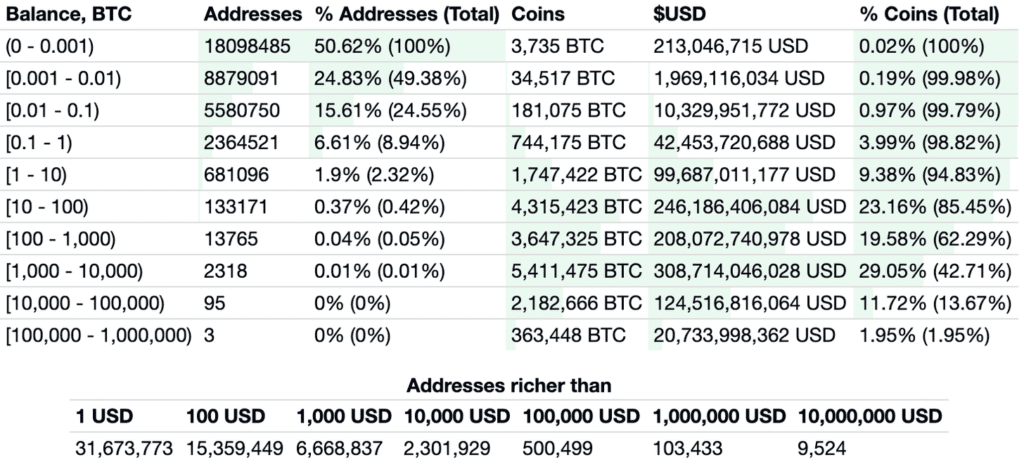It feels like everyone is getting into investing these days. Since the pandemic, trading activity has increased and has yet to slow down. Proof of this growing appetite can be seen in the recent meme stock mania, the success of alternative assets like Bitcoin, the resurgence of Pokemon and sportscard trading, and the emergence of things like NBA Top Shot.
With the sheer number of things available to invest in right now, it’s never been easier to feel like you’re missing out on something. All of these different investment options combined with rising markets and social media have caused FOMO to take hold of investors.

We all know someone who is eager to share their latest investment pursuits and killer returns or have seen posts on social media that cause us to question our investment decisions. You wouldn’t be human if you didn’t feel at least a slight twinge of FOMO after hearing about how someone recently doubled their money buying Bitcoin a few months ago.
To hopefully help combat the FOMO you may be feeling, I wanted to provide some insight into why you’re not missing out on as much as you might think.
While more and more people are starting to invest, the data shows that most people — especially younger, first-time investors — are not putting up significant money.
Of Robinhood’s $13 million users, the median account size is about $240. Let me repeat that. Half of everyone investing in Robinhood has an account balance of $240 or less. The average account size is about $5,000, so there are some larger accounts that bring up the average, but the majority of users are investing less than $500.
This same trend also applies to Bitcoin. The following chart is a breakdown of where every Bitcoin is held:

There’s a lot of numbers on this chart, but I want to bring your attention to the fact that of the 57 million people who hold Bitcoin, 47 million have less than $100 worth. Again, I’ll repeat that. About 82% of Bitcoin accounts are under $100 and 94% of accounts are under $1,000.
The takeaway here is the majority of people jumping headfirst into speculative investments are not doing so with a lot of money.
So don’t feel too left out when your friend puts $500 into a meme stock or Bitcoin. Even if they double or triple their money, it’s not making any meaningful impact on their financial life.
If they are investing with life-changing money, they’re also taking on life-changing risks. If they win they might be able to retire tomorrow; however, if they lose they could delay their retirement by 10-20 years.

I’m all for starting to invest as early as possible and doing so with whatever money you can muster, even if it’s a small amount. But instead of putting so much time and energy into trying to turn $100 into $200, your primary focus should be on how you can save an extra $100. The more you invest, the less you need to chase high returns.
A consistent, high savings rate will have an immensely greater impact on your financial life than any sporadic, high investment returns.
The good news is your savings rate is completely within your control while investment returns are largely out of your control. Any financial plan dependent on high investment returns will likely fail. Building wealth has little to do with your investment returns and lots to do with how much you can save.
Thanks for reading!

